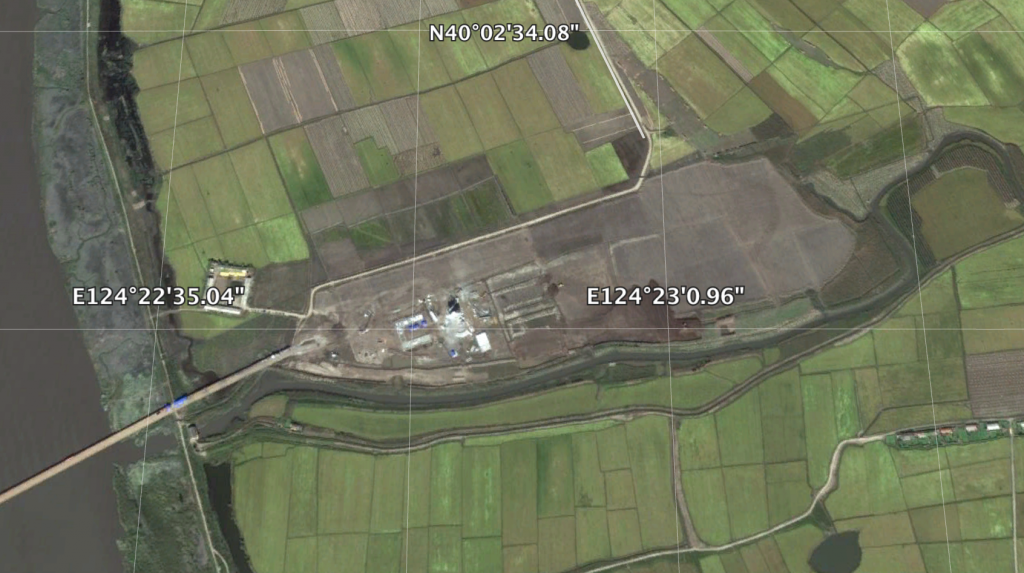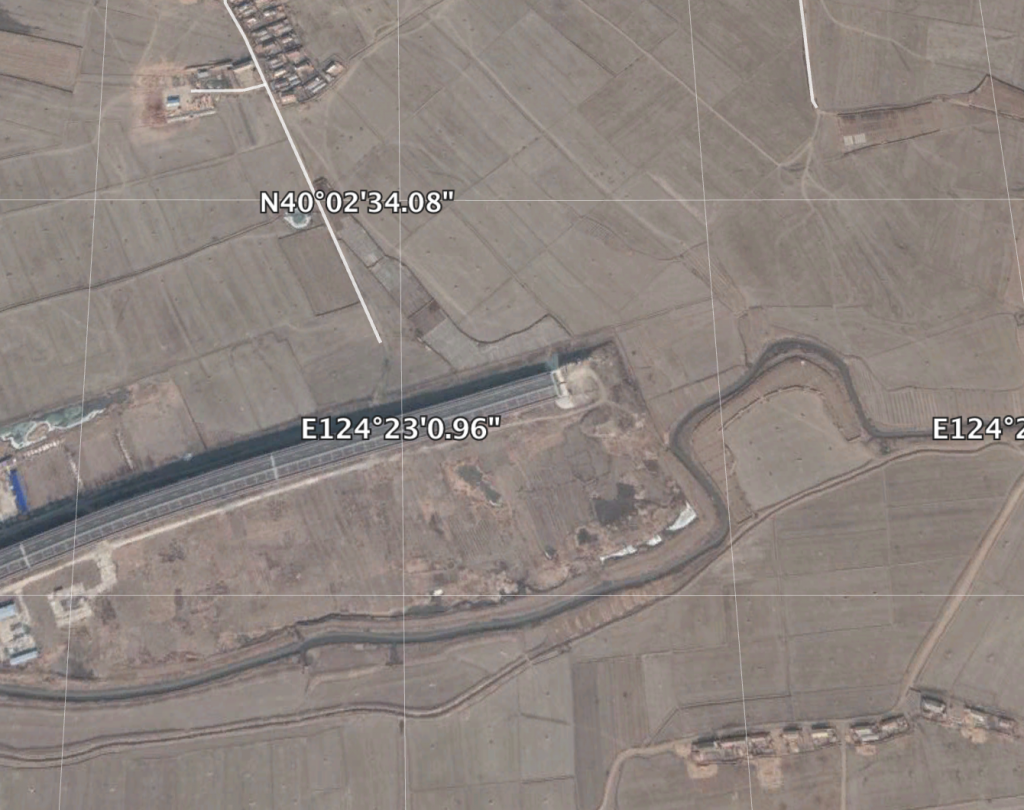By Benjamin Katzeff Silberstein
These days, it seems that scarcely no South Korean company isn’t looking north. Hopes are high that with a diplomatic opening – if this time is different, which we really don’t know – North Korea will be open for business. And aside from some Chinese companies and entities, no other have the know-how and language skills to make investments in North Korea profitable. Indeed, those that have happened have largely been in the realm of “adventure capital”, that is, high risks with the potential of high rewards. It seems that relatively few have reached the latter.
Many South Korean businesses will likely ask that the government underwrite potential investments, given the vast political risk. Moon’s government doesn’t seem completely adverse to this, despite the questions it raises about moral hazard and market fairness.
Looking at the types of investments that companies are talking about, it is hardly a given that they will – if they happen – have a positive, broad impact on the North Korean system and society. See below for the sorts of investments being talked about:
SM Group said it has set up a task force to check the country’s mineral resources, particularly in iron ore. The group said its ownership of South Korea’s sole operational iron ore mine effectively gives it an edge over others in terms of processing know-how and facilities it has on hand.
North Korea’s iron ore deposits are estimated at 50 billion tons worth some 213 trillion won (US$197.7 billion).
Besides resources, companies such as Keangnam Enterprises Co. and Dong Ah Construction Industrial have said they are moving to secure a foothold in the North’s building business once all sanctions are lifted.
Dong Ah said its past experience as a builder for the defunct Korean Peninsula Energy Development Organization that moved to build a light water reactor for Pyongyang could help it win future orders, especially in power infrastructure work areas.
Keangnam said that its participation in Seoul’s Official Development Assistance program for emerging economies will make it easier for it to engage in similar projects in the North if conditions permit.
SM Line Corp said it wants to ship North Korean resources using the country’s cheap labor and explore the opening of new shipping routes and related shore infrastructure.
“Work in the North will be a win-win development for all sides, and this is the reason why the company is looking into the matter,” a source at the shipping line said.
Besides medium-size companies, the large conglomerate Lotte said it has set up a team that can expand business ties not only with North Korea but also Russia and China.
Meanwhile, there has been growing interest by local companies who want to set up operations at Kaesong Industrial Complex in North Korea, which has been shuttered following the North’s nuclear and long-range missile provocations.
Dong-a Publishing said it wanted to take advantage of the low labor costs to set up business in Kaesong.
The company said due to the labor intensive work in the publishing field it makes sense to move its plant to the North.
Related to such moves, a business group representing South Korean firms that had operated factories in Kaesong said recently that upwards of 20 companies a day have called to make inquiries about opening new factories in the special economic zone.
Article source:
S. Korean mid-tier companies interested in biz opportunities in N. Korea
Yonhap News
2018-06-10
Much of what’s being talked about, in other words, is extraction of natural resources. Sure, this would be done with North Korean labor, but even though the domestic economy could get an upswing through these sorts of operations, North Korea wouldn’t necessarily reap the full potential benefits of its mineral assets, which could be sold for much higher prices if they were locally refined and processed. This is likely something that the North Korean leadership is very well-aware of, and Kim Jong-un talked about it in speeches in the 1990s. But given the need for hard currency, they may not see that they have much of a choice in the matter.
Other companies want to get in on the cheap labor. That’s all fine and good for the companies and the potential prospective North Korean employees, but factories of this sort can be set up pretty easily without sourcing raw materials locally, and with few connections with overall North Korean society.
In other words, if these investments come to see the light of day (again, a big “if”), it’s not a given that it’ll be in any way transformative for the North Korean economy. We have seen much of this before, and we know from Kaesong that the state is indeed both capable and willing to contain economic development to specific areas, keeping it separated and in check from broader North Korean society.


